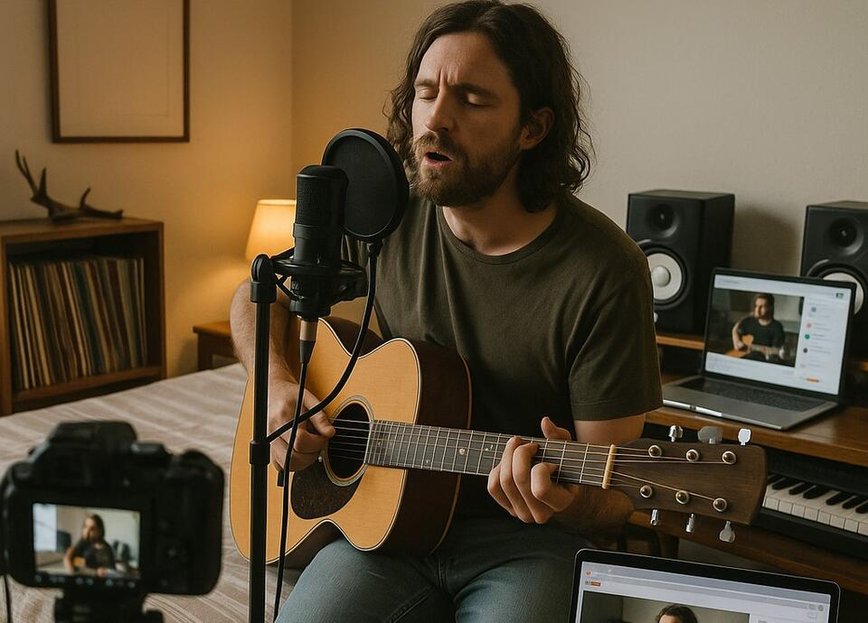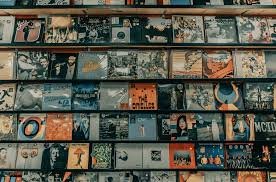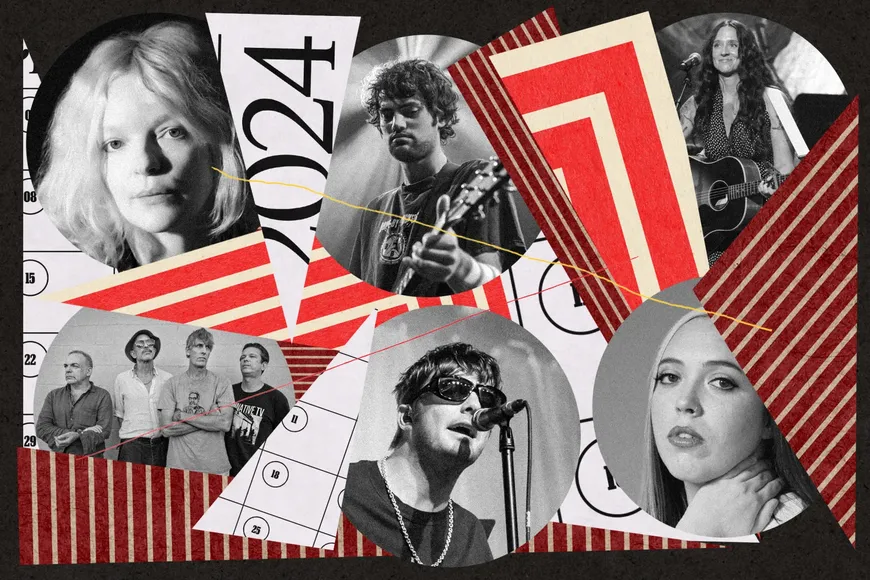
Is The Indie Music Scene Fading – Or Flirting With A New Life On Onlyfans? - Fresh Celebrity News 2025

Indie Music’s Steamy New Stage: OnlyFans to the Rescue?
Hey music lovers, let’s talk about a plot twist no one saw coming. While big record labels are popping champagne over streaming profits, indie artists are scraping by – Spotify payouts won’t even buy a new set of strings, and that tour van? It’s begging for new brakes. But here’s where it gets juicy: OnlyFans, the platform we all know for its, ahem, bolder content, is stepping in as an unexpected hero for indie musicians looking to make a real living.
That’s right, darling – this isn’t just about spicy pics anymore. OnlyFans is becoming a surprising lifeline for artists who’ve been burned by the streaming game. It’s a place where fans aren’t just listeners; they’re investors in your art, and the direct connection is hotter than a sold-out show. Stick around as we unpack how this platform is rewriting the indie rulebook.

The Money Moves: Why Artists Are Making the Switch
Let’s break down the cold, hard cash – or lack thereof – behind this shift. Streaming platforms like Spotify are a tough gig for indie artists; imagine racking up 50,000 plays just to pocket a measly $47. Ouch. OnlyFans, though, offers a direct line to fans willing to pay for exclusive content, and while the top 0.1% of creators still snag 76% of the revenue (classic winner-takes-all), the odds of making a decent buck here are way sweeter than streaming ever offered.
But don’t think it’s as easy as uploading a bedroom acoustic sesh and calling it a day. Take folk artist Lizzie No, for example – she found that 70% of her OnlyFans earnings come from personal chats and tailored fan interactions, not just subscription fees. It’s less about the music alone and more about making fans feel like they’re backstage with you, sharing in every creative spark. Exhausting? Maybe. Worth it? When rent’s paid, absolutely.
“It’s like hosting a never-ending VIP meet-and-greet – intense, but it’s the closest I’ve felt to my fans in years,” says a rising indie artist navigating this new digital stage.
Blurred Lines: The Emotional Cost of Digital Closeness
Now, let’s get real about the flip side, because this gig isn’t all glitter and gold. Indie musicians have fought tooth and nail to avoid industry exploitation, only to stumble into a new kind of challenge on OnlyFans: fan entitlement and those tricky parasocial vibes. The platform often prioritizes personal availability over raw musical talent, turning artists into emotional laborers in ways no music biz class ever warned about.
It’s a delicate dance – how much of yourself do you share to keep fans hooked without losing your artistic soul? The intimacy that pays the bills can sometimes feel like a double-edged sword, leaving artists to wonder if they’re still creators or just content machines. It’s a spicy dilemma that’s got the indie world buzzing with debate.

Not Dead, Just Different: Indie’s Bold Evolution
So, is the indie band model dead? Not quite, babe – it’s more like it’s shedding its old skin for something bolder. This shift to platforms like OnlyFans is all about superfan economics over chasing mass-market fame. Artists keep their creative freedom while tapping into revenue streams that can actually sustain a career, which feels way more authentic than begging for playlist spots on algorithms that couldn’t care less.
Here’s the catch, though: success still often hinges on pre-existing fame or a killer knack for digital charm. Supporting indie music now means rethinking how you show love – direct payments on platforms like this beat streaming pennies any day, but the game’s rules have definitely changed. So, next time you’re scrolling, consider subscribing to your fave underground band’s OnlyFans. It might just be the encore they’ve been waiting for.












